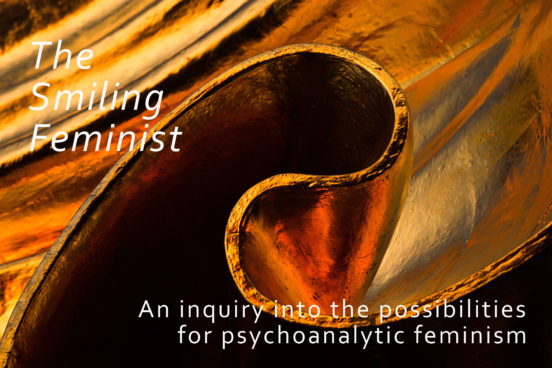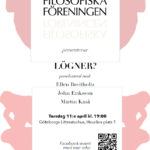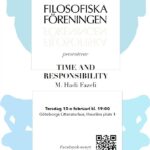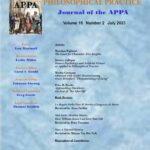[MA Thesis]
In the spring on 2006, I handed in my 60,000 word Thesis at Universiteit van Amsterdam. It was the culmination of a decade of gender studies – starting roughly with Nina Björk’s landmark book Under det rosa täcket (“Beneath the pink blanket”) from 1996. It had been a tough decade. Like many who study gender say, it is as if you see the world through a pair of special glasses. Suddenly you see the patriarchal structure everywhere; you can’t not see it.
When I first came to Amsterdam to do my Master of Arts in Philosophy, I hadn’t studied psychoanalytic theory at any depth. Freud, at first glance, does not seem like a feminist’s best friend, but I had glimpsed a few voices that seemed to think otherwise. Interesting. So, when the University offered a course on the Philosophy of Psychoanalysis, I jumped on it, along with a course called The Good Life, another one called Melancholy, Ennui, Despair and Fate – that is, kind of, “the ‘bad’ life;” I wanted to cast as wide a net as possible, and a course on Feminism, Islam, and Modernity.
I liked them all, and there are quotes and valuable lessons that I still recount from time to time, now, fifteen years later. But that Philosophy of Psychoanalysis course had some life-changing epiphany moments. (Love those, aye?) I remember very clearly when it struck me, with all its implications, that Freud is descriptive, not prescriptive. That is, when he writes things like, “a girl must choose to develop her passivity,” it is a description of the conditions for the patriarchal structure. But hardly any girls manage to develop passivity in a way that produces complacent Stepford wives and, hence, there is great disapproval and much dismay scattered all over the place. Which Freud most certainly recognized.
Each course required a 20,000 word essay. And lastly, a 60,000 word Master Thesis on a topic of your choice. I chose to inquire into the possibilities for ‘psychoanalytic feminism’. Perhaps, I reasoned, there is a chance for a smile on a feminist’s face after all (the working title in the beginning had been, ‘The Happy Feminist,’ FYI, but it had a deluded or satirical ring to it.) Perhaps there are ‘ways out.’
I wonder what you think after you’ve read it.
The patriarchal structure that I was so immersed in, that I studied so profusely, that made me so, so angry; that made me feel powerless, pre-judged, and in constant battle – well. It is there. Structural injustice. Yes. It has appeared a lot in media this spring.
But the world has changed. I’ve changed too, but it’s not just that. The worlds is not the same as in the 90s. Or the 70s, or 50s. Do you know what that means, that the world has changed? It means that we are more than ‘the structure;’ we are more, always more than this structure that we grow into and reinforce. Isn’t that excellent news?
My good friend has a baby boy, 6 months old – I hold him closely every time we meet. I have two daughters myself (both born after this Thesis,) so I can tell that there is no difference: They are all babies. If you hear a baby laugh, you can’t tell its sex, its skin color – all you know is that a baby is laughing. I bet we can use that information somehow, when we engage with other people, in our discourse, in our personal narratives.
<3







Kommentarer av Filoprax
#8 ”Medborgarlön – ja eller nej?”
Ännu fler tankar: https://www.theguardian.com/technology/2017/may/08/virtual-reality-religion-robots-sapiens-book Vi ses 17/1 :)
#2 Rättrådighet / justice ∙ dikaiosyne ∙ iustitia
Spellistan klar: https://open.spotify.com/user/professormiriam/playlist/0QXnyFfykMg4JeECEWxlAa
Några punkter om vardaglig människo-enteleki
Mmm, jag med ...
Några punkter om vardaglig människo-enteleki
Jaa! :)